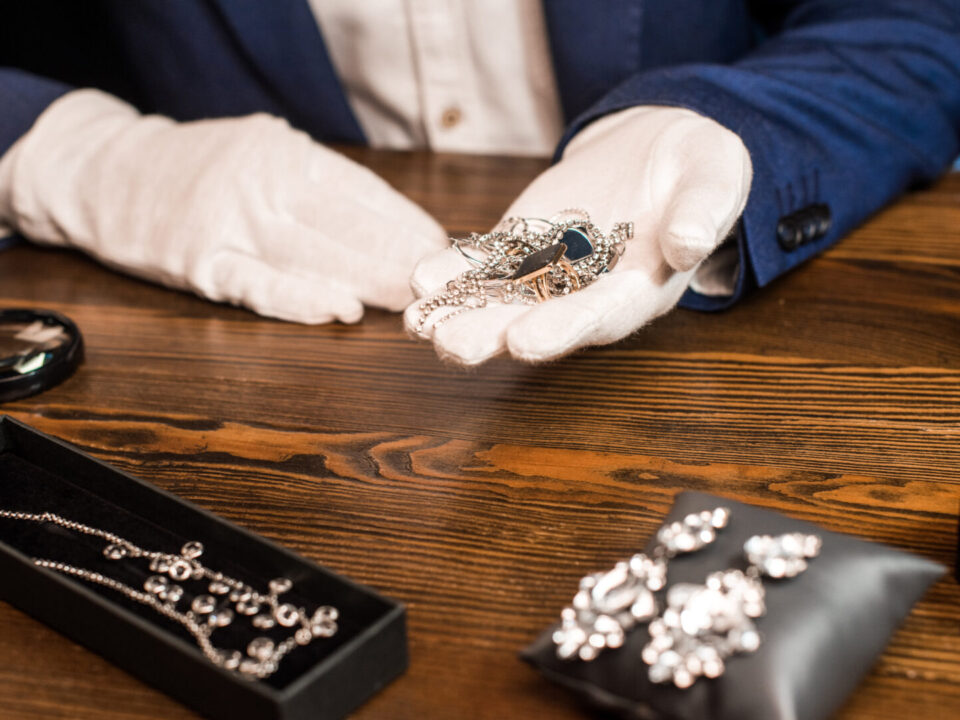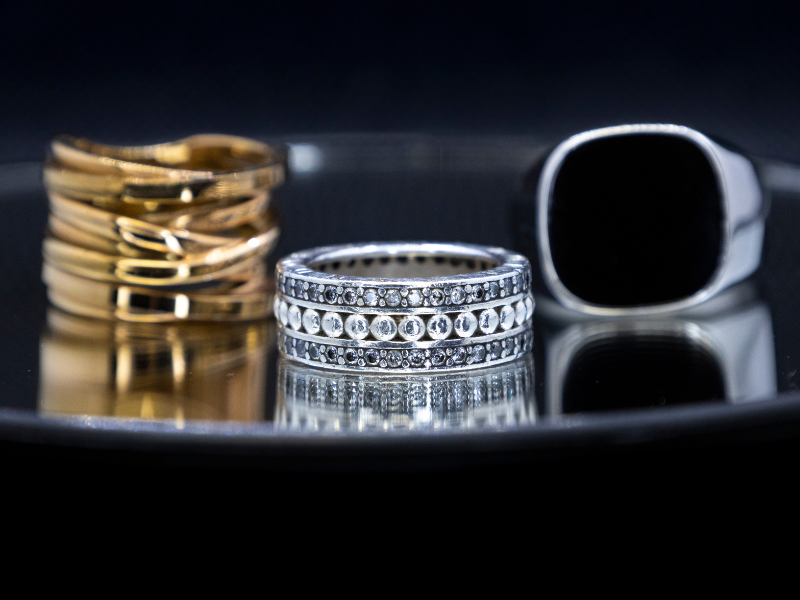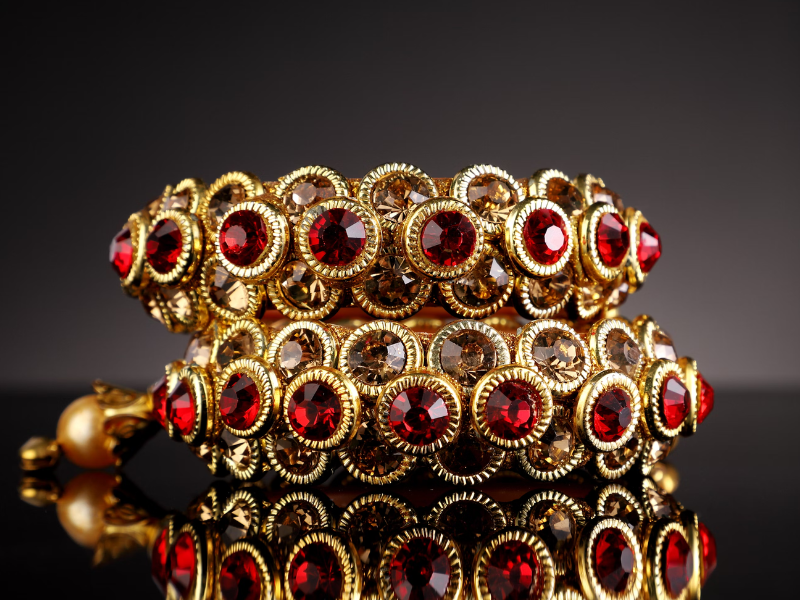As experienced gemologists and appraisers, our team has seen our fair share of fake jewelry masquerading as the real deal. The ability to identify counterfeit jewelry is a skill that can save you from costly mistakes and ensure the authenticity and value of your collection. If you suspect that a piece you recently bought is not authentic, here are key insights and tips to help you spot fake jewelry.
Understanding The Basics Of Jewelry Authentication
Before diving into specific methods of identifying counterfeit pieces, it’s important to understand what makes jewelry authentic. Several factors, including the quality of the materials, craftsmanship, hallmarks, and adherence to the style and techniques of the stated period or brand determine authenticity.
Material Analysis
The first step in authentication is to assess the materials used. Precious metals like gold, silver, and platinum, and gemstones like diamonds, rubies, and sapphires, have specific characteristics that can be measured and verified. For metals, this includes testing for purity, often indicated by a hallmark. For gemstones, it involves examining factors like cut, color, clarity, and carat weight. Advanced techniques, such as spectroscopy or X-ray fluorescence (XRF), can be used for a more detailed analysis.
Look for Hallmarks and Maker’s Marks
These are usually found in discreet places on the piece and can indicate the metal’s purity, the manufacturer, and sometimes the place and year of manufacture. Familiarize yourself with the hallmarks of renowned brands and understand that the absence or inaccuracy of these marks is a red flag.
Examine the Craftsmanship
High-quality jewelry is characterized by meticulous craftsmanship. Pay close attention to the details. Are the gemstones securely set? Are there any uneven edges or sloppy finishes? Fake jewelry often cuts corners in craftsmanship, resulting in less precise and lower-quality work.
Test the Metal and Gemstones
For a more technical approach, consider testing the metal and gemstones. Simple tests, such as checking for magnetic properties (genuine gold and silver are not magnetic) or using a jeweler’s loupe to inspect the quality and cut of gemstones, can be revealing. However, these tests may require some expertise and specialized tools.
Know the Weight
Genuine gold and silver have a significant weight to them. Counterfeit pieces, often made from cheaper materials, tend to feel lighter. Familiarizing yourself with the heft of real gold and silver can be a useful gauge.
Be Wary Of Too-Good-To-Be-True Prices
If the price of a piece of jewelry seems too good to be true, it probably is. High-quality jewelry comes with a cost that reflects its craftsmanship, materials, and brand legacy. Meager prices can be a sign of fake jewelry. Finding a bargain on a quality piece is highly unlikely.
Seek Professional Appraisal
Identifying counterfeit jewelry is a skill that comes with knowledge, experience, and sometimes, a bit of intuition. By understanding the hallmarks of genuine pieces, examining craftsmanship, testing materials, being mindful of pricing, and researching sellers, you can significantly reduce the risk of falling prey to fakes.
If you’re still unsure about a piece’s authenticity, consult a professional. Experienced appraisers have the tools, knowledge, and experience to authenticate jewelry accurately. At Joshua Kodner Galleries in Dania Beach, we can provide detailed insights into the quality and origin of the piece.




